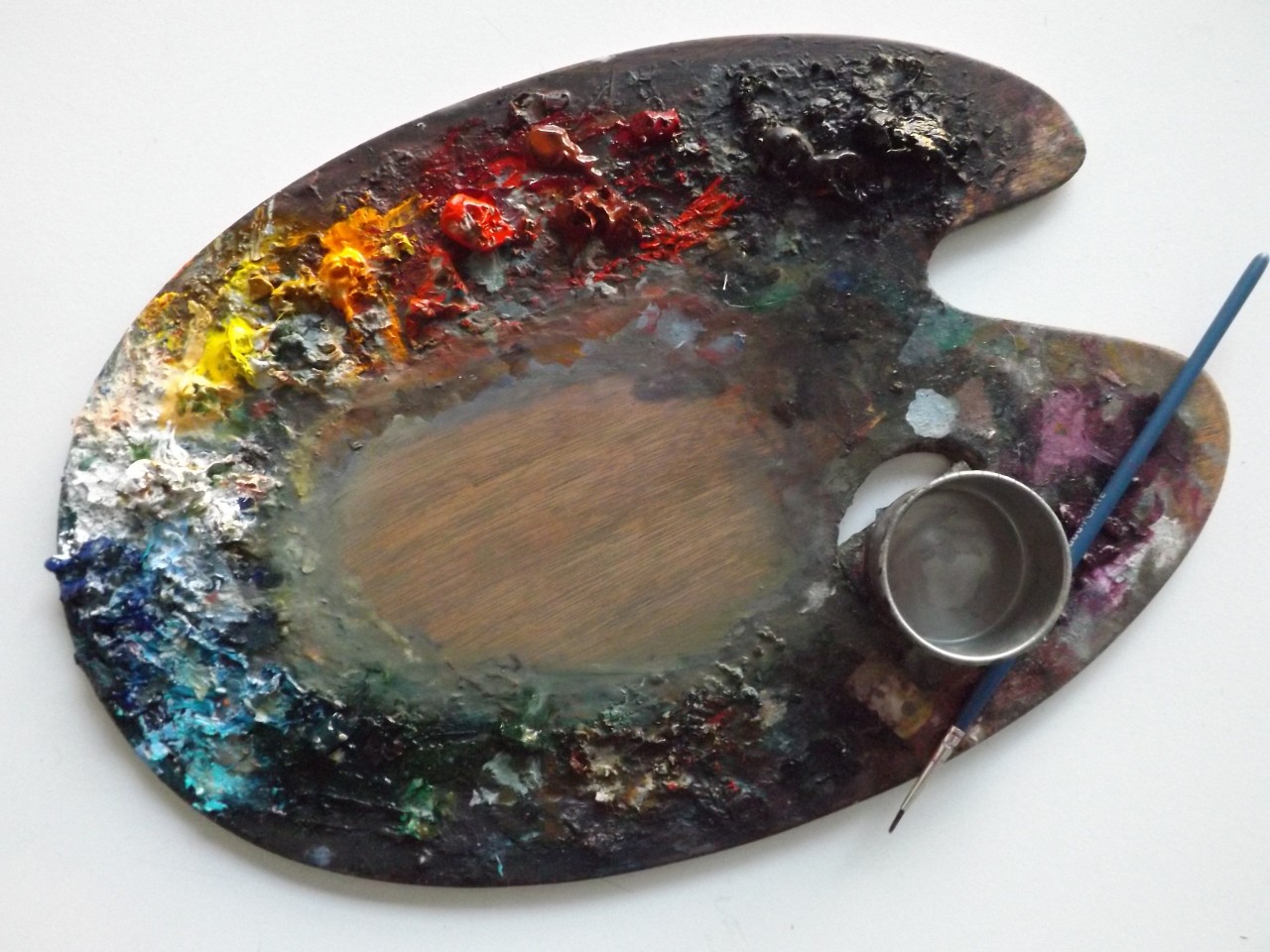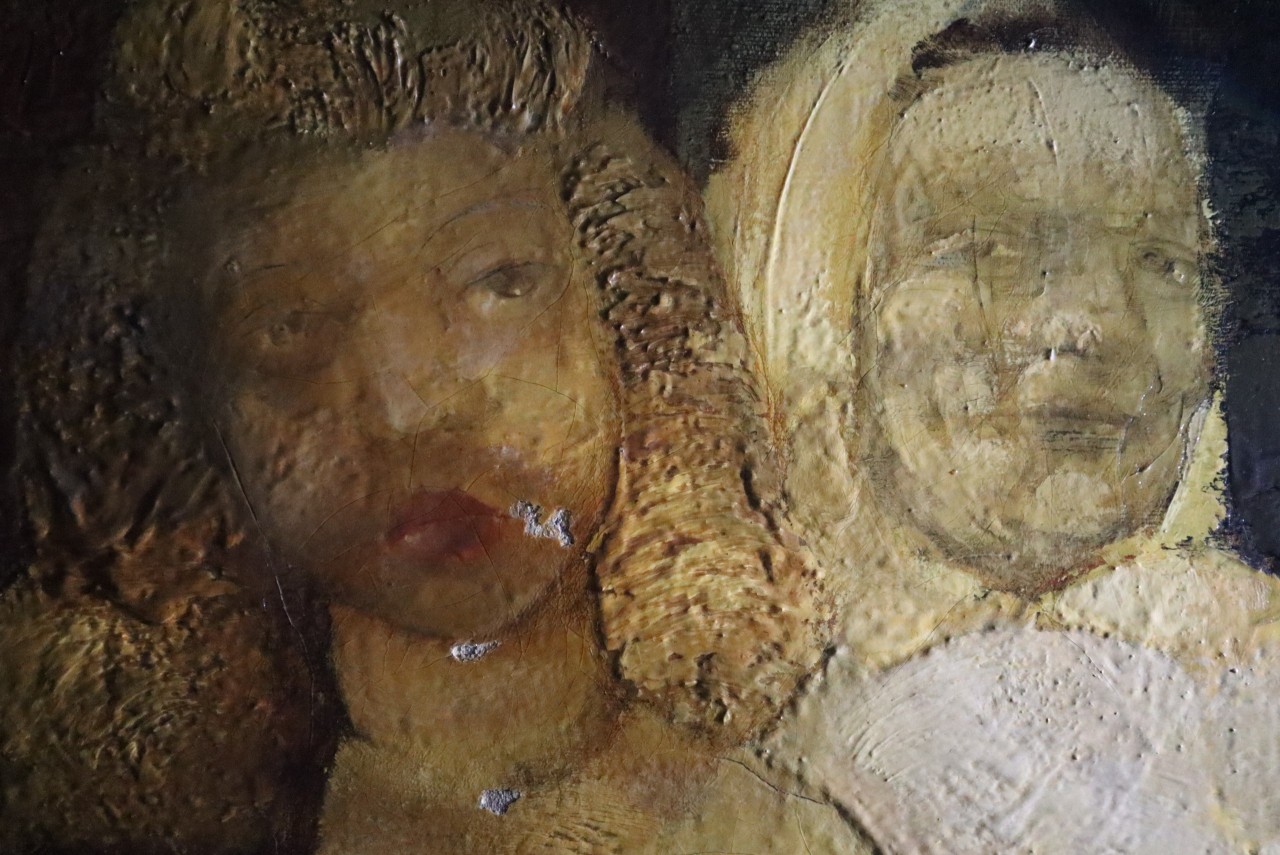Restauration
Restoration Department experts oversee the broad and manifold art collections of the Latvian National Museum of Art, Art Museum RIGA BOURSE, Exhibition Hall ARSENĀLS, Museum of Decorative Arts and Design Art, and Museum of Romans Suta and Aleksandra Beļcova.
Restorers have already preserved the museum collection since 1874, while a consistent scientific restoration work started in 1955. Today the department experts carry out conservation and restoration processes, and the research and analysis of the technical condition of the collection’s artwork, as well as grant their methodological help to maintain optimal preservation and display conditions of the museum pieces. The department employs 10 professional restorers that specialize in painting, graphics, polychrome wood (historical frames), glass, and ceramics, and one presentation expert.
The painting restoration workshop works with pieces of Latvian, Western European, and Russian artists from the 16th– 21st century. Restoration work is time-consuming, it requires careful attention to every square centimeter of the painting, and continuous professional development and experience. Significantly, over the centuries artists have used various techniques and materials, as well as painted not only on canvas, but also on wood, cardboard, plywood, and other materials. Thus, each painting has its individual aging process that further complicates the restoration process and adds additional nuances when seeking the most adequate methods.
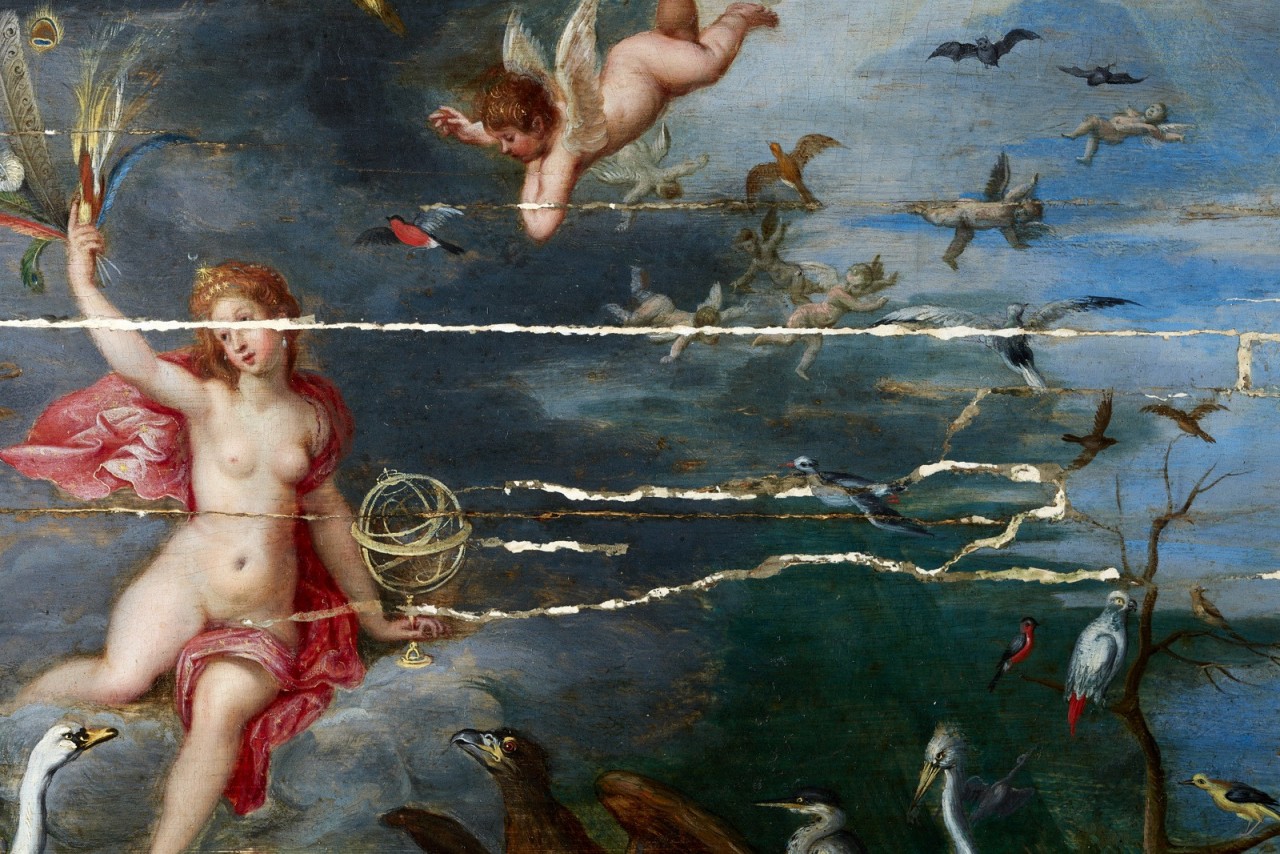
Museum collection represents a varied collection of graphics, they are created in different techniques – charcoal, ink, sanguine, pastel, watercolor, gouache, sepia, graphite drawings, and different prints: engravings, etchings, mezzotint, aquatint, lithography, and even Eastern xylography and scrolls. The graphics collection encompasses different geographical regions and the period from the 16th century until today. The materials used in the graphics are different in quality, thus the lifespan of the artwork depends on the physical and chemical composition, as well as the preservation conditions. Paper is light sensitive – it yellows and disintegrates under its influence, the pigmentation of the picture fades, and, thus, paper can be displayed only for a limited time under a certain intensity of lighting. Paper is a fragile material that requires a lot of precision and expertise on the part of the restorer.
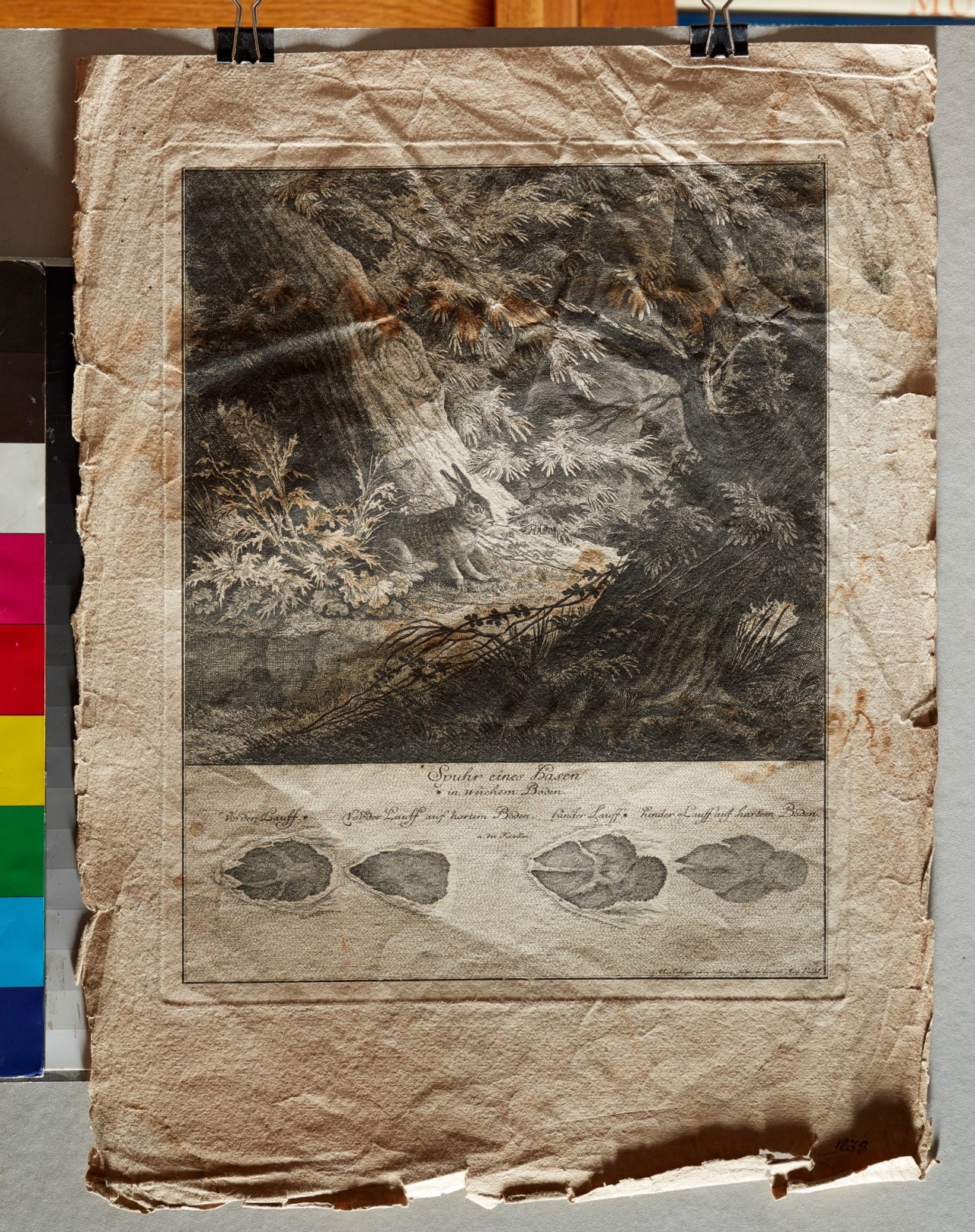
The workshop of ceramic and glass restoration restores pieces from Ancient Egyptian art until contemporary design samples. It encompasses small pieces as well as functional large format pieces, garden ceramics, and decorative objects. Materials differ – clay, chamotte, porcelain, biscuit, glass. Each of these objects requires a separate restoration method – sometimes one needs to clean off old glue from innumerable fragments, arrange them like a puzzle, and glue together, sometimes the lost fragments – arms, legs, wings, flowers must be made from scratch, or one needs to mix countless color tones. All of it is done, taking care to preserve originality, with great respect and patience.
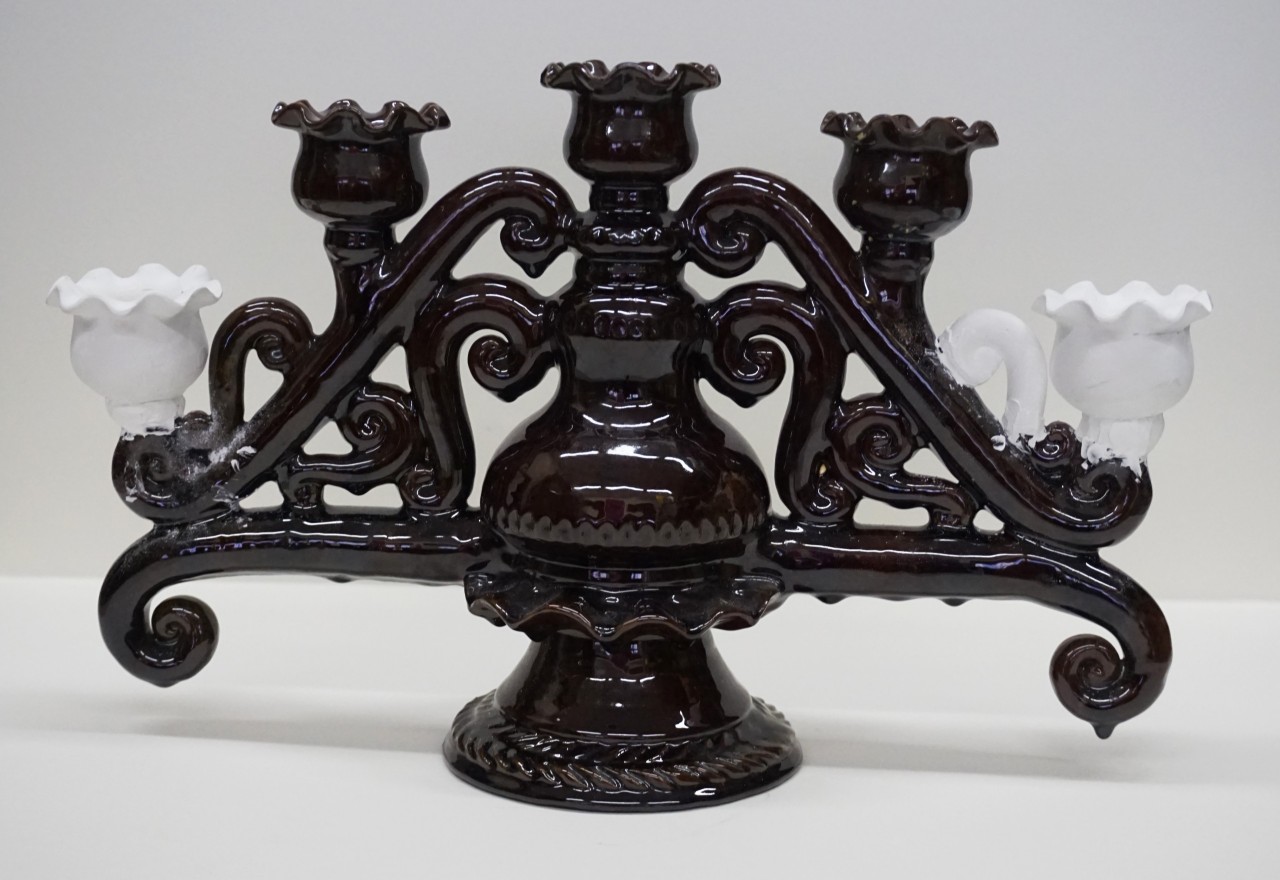
Recently the museum also opened a historical frame workshop. The main functions of these objects are to protect the painting from damage and supplement it visually. The restoration of frames is executed very carefully and with the same respect that is paid to paintings themselves. The workshop restores lost decorative elements, relief, and other types of decoration fragments, cleanses the frame surfaces, removes over-bronzing and old corrections that have changed their tone over time, fills cracks and nail holes, and provides toning and gilding. After the restoration, the frame recovers its luster, without losing the historical patina, and marvelously supplements the painting.

All the restoration types necessitate the preservation of the originality of artwork; thus, respect and patience are needed to carry out the necessary improvements with attention to detail.
“To maximally adhere to the author’s painting, restoration cannot ignore the passing of the time (and it is not possible) – the aim of restoration is not to renew the painting as if it was “just removed from the easel”. Perhaps therefore from “as new” and “has anything been done?” an honest restorer will choose the last…. Because next to the perceptible and scientifically provable, each real artwork also contains something that one cannot express in words as it can only be sensed – without it, the art is not alive, and the restorer should not lose that...“ – easel-painting restorer and art scientist Aleksis Osmanis.
